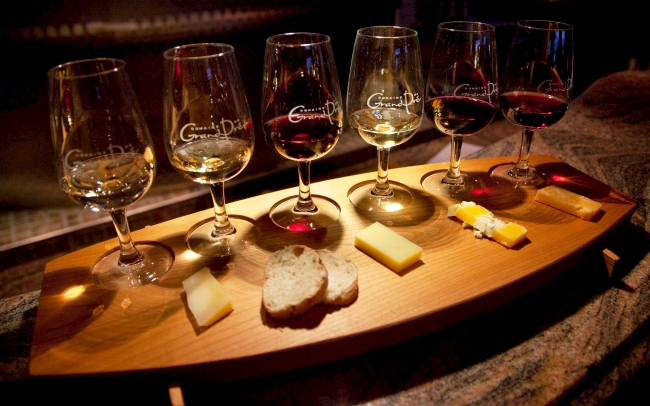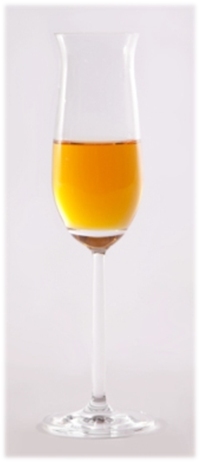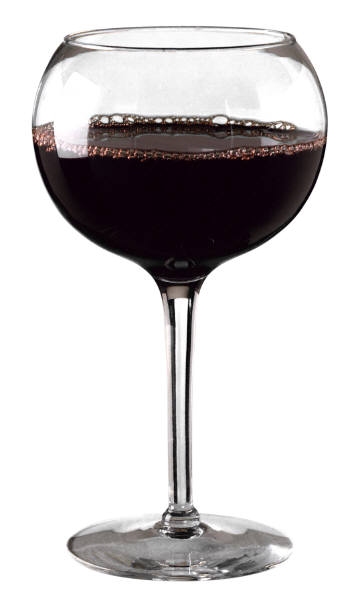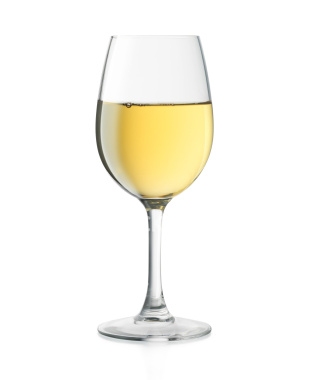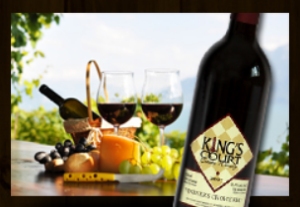 Wine lovers, I hope you enjoy “The Winemaker’s 7 Essential Tips For Serving Wine With The Best Results!” from Roland Zimmermann, co-owner and winemaker of King’s Court Estate Winery.
Wine lovers, I hope you enjoy “The Winemaker’s 7 Essential Tips For Serving Wine With The Best Results!” from Roland Zimmermann, co-owner and winemaker of King’s Court Estate Winery.
It should be no surprise to you that as soon as the cork is pulled, all fine wine begins its interlude with atmosphere, evaporating volatile compounds exposed on the surface, while oxidizing and changing its chemistry. For the most part, it is a good thing, softening the nose and the palate, and in general making the wine more satisfying, opening up its flavours and aromas under the more controlled and protected environment of the decanter.
Decanting a wine prior to serving will ensure that the initial blast of any unpleasant volatile vapors dissipates, allowing the true aromas and flavours to shine through. It will also help to clear sediment from the wine. As wine ages in the bottle, the heavy anthocyanins and other colour pigments bond with the tannins, forming heavier molecules that precipitate out, falling to the lowest point in the bottle.

Photo credit: Riedel Canada
Bottles stored horizontally should be righted carefully to minimize distribution of sediment. Righting the bottle about 24 hours prior to opening will help remaining sediment move to the bottom.
To properly decant wine, wipe the rim of the bottle after opening, then slowly pour the wine into a clean decanter, continuing to the half way point where pouring should slow even further. While pouring, look for pepper-like flecks. When they begin to appear, stop the pour and dispose of the remaining wine, or set aside and filter through cheesecloth to use in a gourmet dish.
To decant wine in the bottle, uncork an hour or two before serving. Pour a small amount of wine from the bottle to allow it to breathe, taking care not to encourage any sedimentation from the bottom of the bottle to lift into the wine. Touch the rim of the glass to the lip of the bottle and slowly tilt the bottle to pour, then gently lower both glass and bottle to table.
Take the quesswork out of which wines go well with your favorite dishes by viewing our wine-pairing article here. To complete your perfect dinner party, let’s take a look at our vintner’s hand-picked selection of red, white, rose, late harvest, icewine, and fruit wines. On the site, you will find an exciting variety of flavours to satisfy every palate on your guest list, and ensure a successful dining experience with those you love.

Gorgeous decanters from Reidel Canada. Tip – pronounced “Ree-del” Photo: Reidel Canada
Thank you for following along. I hope you enjoyed this series “The Winemaker’s 7 Essential Tips For Serving Wine With The Best Results!”
See also…
Winemaker Tip #1. The Corkscrew: Cut, Twist, Pull
Winemaker Tip #2. A Matter of Degree: Temperature & Wine
Winemaker Tip #3. Stemware Selection for White Wine: A Delicate Dance
Winemaker Tip #4. Red Wine Stemware: Passionate Presentation





